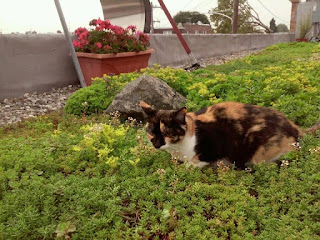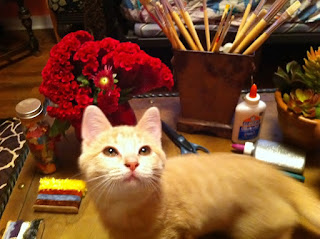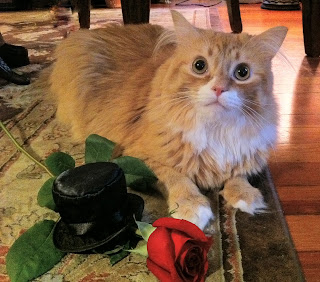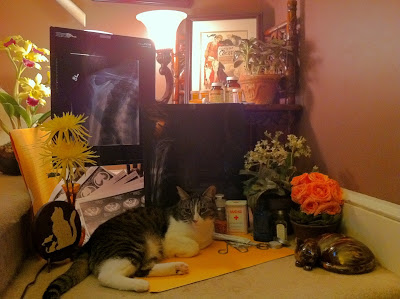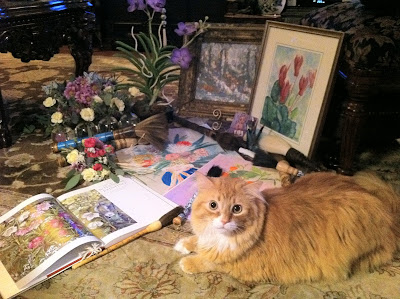As
part of our 125th Anniversary celebration at Stein Your Florist Co.
we are sharing a year of floral education, November 1, 2012 thru October 31,
2013. Each day we will post something new on our Facebook page to share
our knowledge of our favorite things, flowers and plants and we'll be updating
our blog every 5 days or so. No need for pencils and notebooks, just sharing
some simple lessons in floristry.
 Day 276 - Carnations, also known as Dianthus
caryophyllus, have long been brewed into teas that may help alleviate stress
and nervousness. Carnations grown, cultivated and dried into tea brews have
also been used to treat minor depression and fatigue. In Europe, folk medicine
relied on infusions or teas brewed of carnations to help relieve nervousness
and some coronary disorders, as well as for nausea caused by seasickness.
Day 276 - Carnations, also known as Dianthus
caryophyllus, have long been brewed into teas that may help alleviate stress
and nervousness. Carnations grown, cultivated and dried into tea brews have
also been used to treat minor depression and fatigue. In Europe, folk medicine
relied on infusions or teas brewed of carnations to help relieve nervousness
and some coronary disorders, as well as for nausea caused by seasickness.
Day 277 - In massage oils, carnations
have been used to promote healing of the skin and to increase vitality that not
only softens and replenishes the skin, but creates a scent that many find
soothing and calming. In ancient China, carnation flower tea was widely used to
help the body and spirit relax, and to restore energy in the body.
Day 278 - Carnations contain
substances that soothe the nervous system, reduce inflammation and swelling and
can help restore natural hormonal balances in women with nervous conditions
associated with hormone imbalances, according to Worldwide Health, an
alternative medical resource. Carnations have long been used to reduce muscle
tension in uterine tissues, reducing the discomfort of menstrual cramps.
Day 279 - Carnations have been used
in medicine to help reduce fevers and stomach aches, in addition to enhancing
liver, stomach and heart health. In "Pharmacopoeia Londinensis," a
1618 publication of a pharmaceutical book, the carnation was used in tonic
cordials or hot drinks to help fight fevers and fight against germs and
pestilence.
 Day 280 - According to some ancient
Aztec homeopathic remedies, carnations were used by this Indian culture as a
diuretic when taken in an infusion of carnation flower petals in hot water. The
ancient Indian tribe also used carnations for treatment and relief of chest
congestion and diseases by taking about 1 tbsp. of the flower petals mixed with
sugar and boiled in a syrup every three hours.
Day 280 - According to some ancient
Aztec homeopathic remedies, carnations were used by this Indian culture as a
diuretic when taken in an infusion of carnation flower petals in hot water. The
ancient Indian tribe also used carnations for treatment and relief of chest
congestion and diseases by taking about 1 tbsp. of the flower petals mixed with
sugar and boiled in a syrup every three hours.


